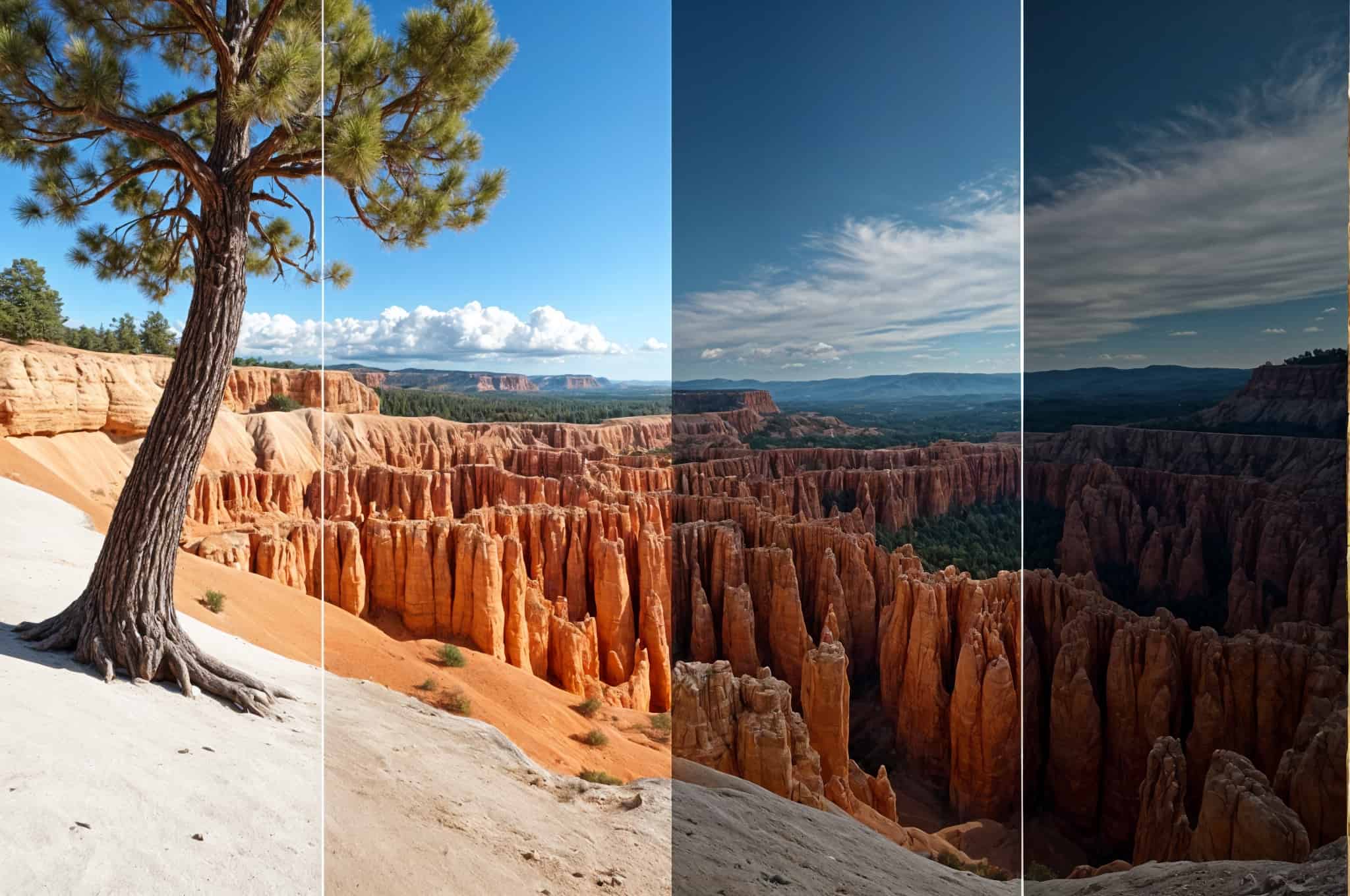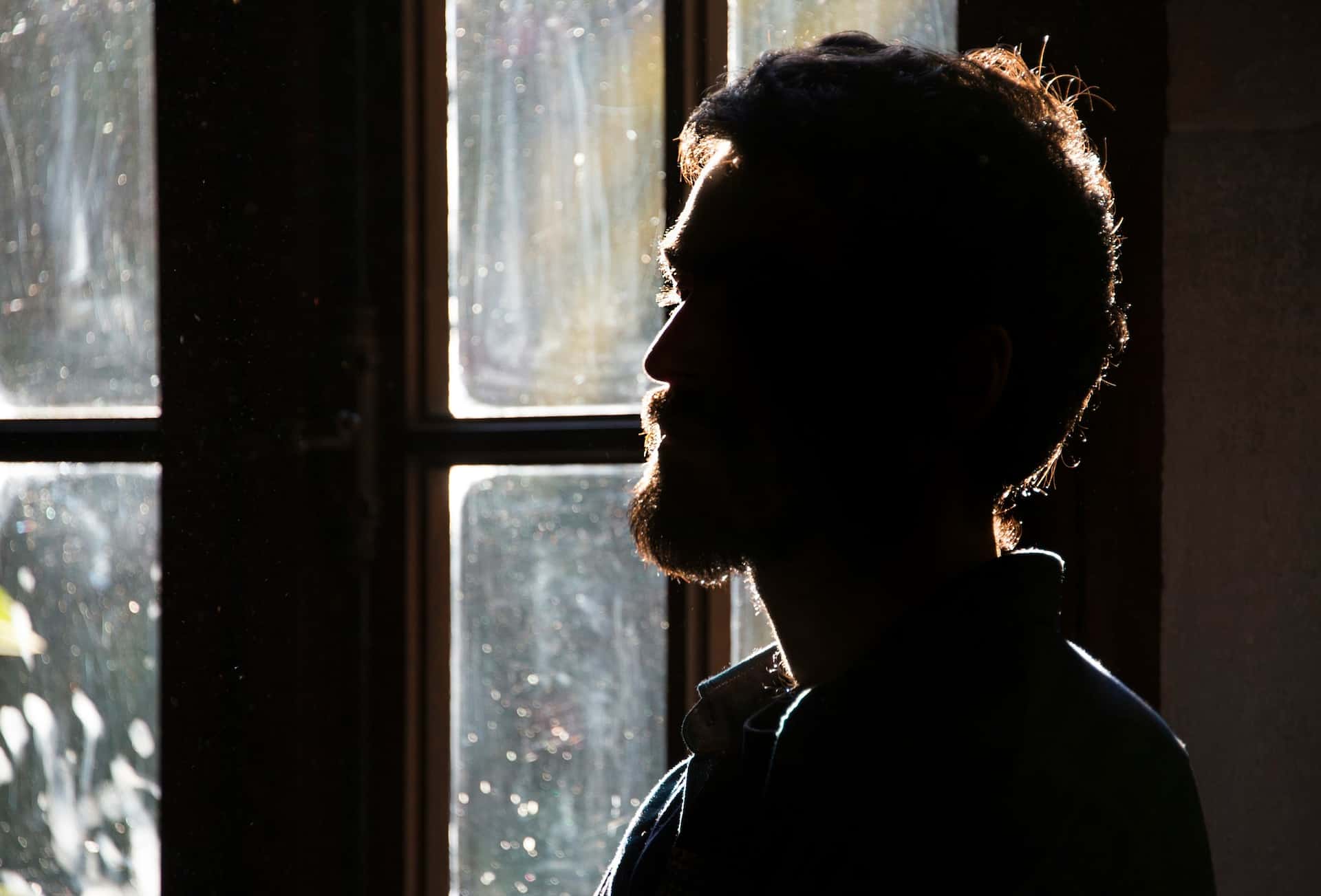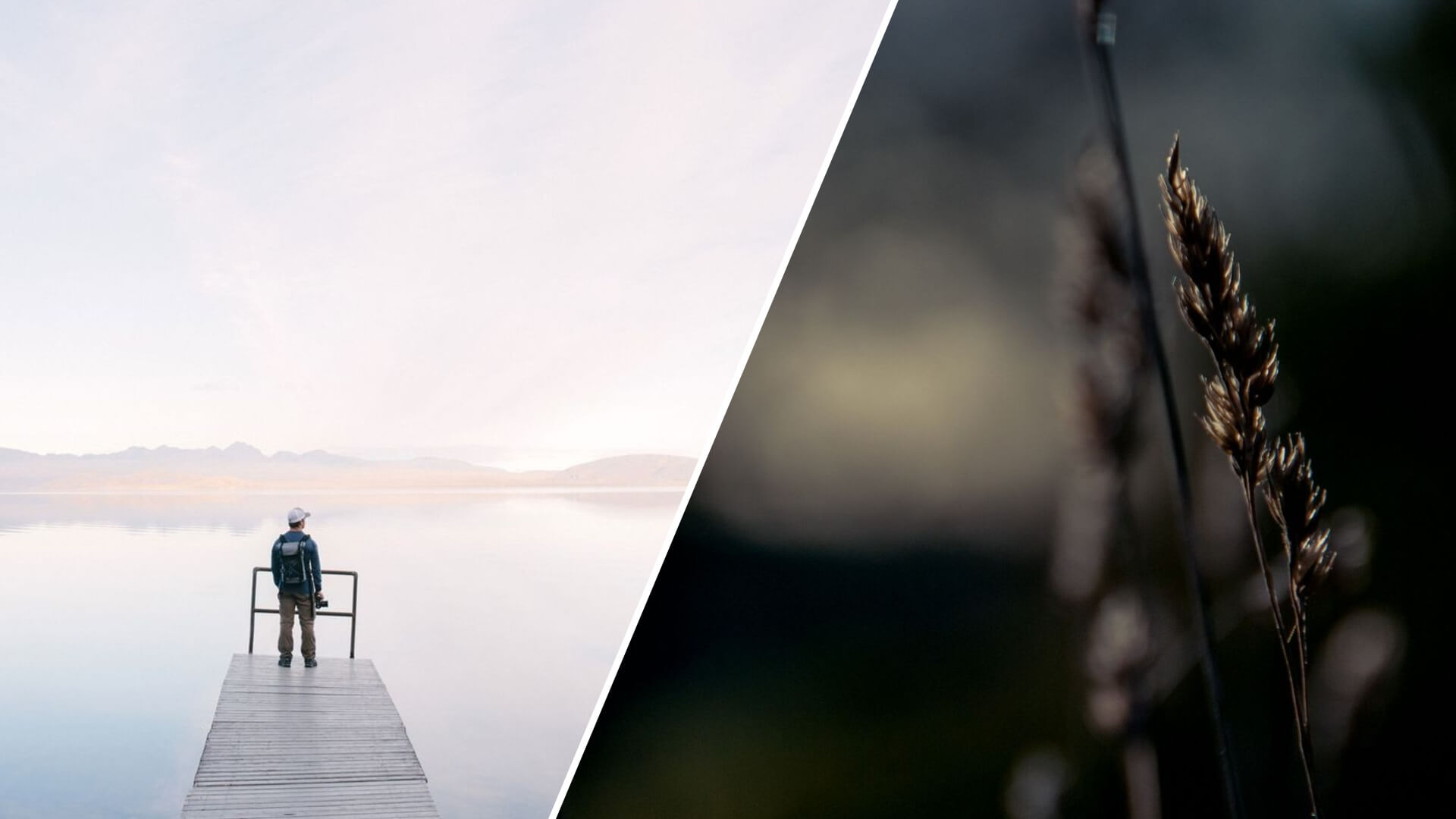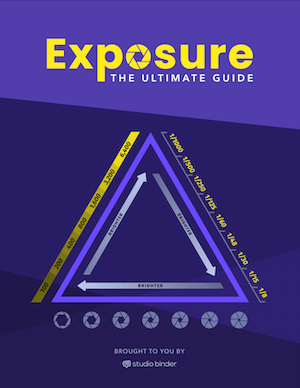Photography, an art form balancing light and shadow, hinges on the mastery of exposure. This guide explores underexposure and overexposure, offering insights to beginners and professionals alike on their creative use in enhancing images.
Overexposure vs Underexposure un Photography
Understanding Exposure
Before we analyze overexposure vs underexposure in photography and the differences between the two, it’s vital to understand what exposure is and how it occurs within a photograph.
EXPOSURE DEFINITION
What is exposure in photography?
In photography, exposure refers to the amount of light that reaches the camera's sensor or film. This directly determines how light or dark an image will appear. It's a fundamental concept that every photographer needs to grasp as it not only impacts the mood, detail, and overall quality of the photograph but also forms the basis for various creative photography techniques. Exposure is influenced by three pivotal elements, often referred to as the "Exposure Triangle."
Elements of the photo exposure:
- Aperture
- Shutter Speed
- ISO
To recap, exposure is obtained by adjusting levels related to aperture, shutter speed, and ISO. For more on how these settings work, watch our Exposure Playlist and download our FREE Ebook — Ultimate Guide to Exposure.
Free downloadable bonus
FREE Download
Ultimate Guide to Exposure
The Exposure Triangle is something every photographer and cinematographer needs to master. Download our FREE e-book to get in-depth explanations and tutorials on topics like aperture, ISO, shutter speed, and how to balance these settings to nail perfect exposure every time.
Underexposed Photography Basics
Underexposure explained
In the world of photography, underexposure refers to a condition where an image has received less light than necessary. This leads to a photo that is darker than intended, often losing detail in the shadow regions. It can occur due to factors like a fast shutter speed, small aperture, or low ISO setting.
When an image is underexposed, the resulting photograph often has a predominance of dark tones and colors. This can lead to a loss of detail, especially in areas that are already in shadow or are naturally darker. Highlights and mid-tones may also appear subdued or muted, causing the overall image to lack vibrancy.

Overexposure vs. underexposure
However, underexposure isn't always a negative aspect. In fact, it can be a powerful creative tool when used intentionally. For instance, photographers may choose to underexpose a scene to create a moody, dramatic effect. It can emphasize silhouettes, reveal hidden textures, and add depth to an image.
Chiaroscuro lighting, for example, has been a popular tradition in painting and cinema. As we discuss in this video, including shadows can lead to the desired effect when you want a more moody atmosphere.
Chiaroscuro lighting explained
This type of lighting is particularly useful in high-contrast situations, where preserving details in the highlights is crucial.

Silhouette portrait with rim lighting · Underexposed Film Photography
In essence, while underexposure can result from incorrect camera settings, it can also serve as a valuable technique for creating striking, emotive imagery. As with many aspects of photography, understanding how to manipulate exposure allows photographers to take control of their creative vision.
Overexposed Photography Basics
Overexposure explained
Overexposure in photography occurs when the camera's sensor or film receives too much light during the process of taking a photo. This typically results in an image that is excessively bright, often causing loss of detail in the lighter or white areas, known as 'blown out' highlights.
Just like underexposure, overexposure can be a result of certain camera settings such as a large aperture, slow shutter speed, or high ISO setting.
However, similar to underexposure, overexposure can also be used creatively in photography. For instance, photographers may deliberately overexpose an image to create a soft, dreamy atmosphere, often associated with romance or nostalgia. This technique can also be used to convey a sense of harsh brightness or intense heat, such as in desert landscapes or beach scenes.
Moreover, overexposure can be utilized to eliminate distracting elements in a scene. By overexposing the background, photographers can create a high-key effect, drawing attention to the subject and creating a clean, minimalistic look.
While overexposure can often be seen as a technical error, when used intentionally, it can add a unique aesthetic appeal to photographs.
Exposure is the heart of photography. And photography isn't just about clicking a button; it's about painting with light and shadows. So, don't hold back with how you manipulate exposure. Experiment, push boundaries, and let your creativity run wild.
Up Next
What is the Exposure Triangle?
Now that we've delved into the concepts of overexposure and underexposure, it's time to take a step further into the world of photography by taking a look at the exposure triangle.
Up Next: Exposure Triangle →
Showcase your vision with elegant shot lists and storyboards.
Create robust and customizable shot lists. Upload images to make storyboards and slideshows.

